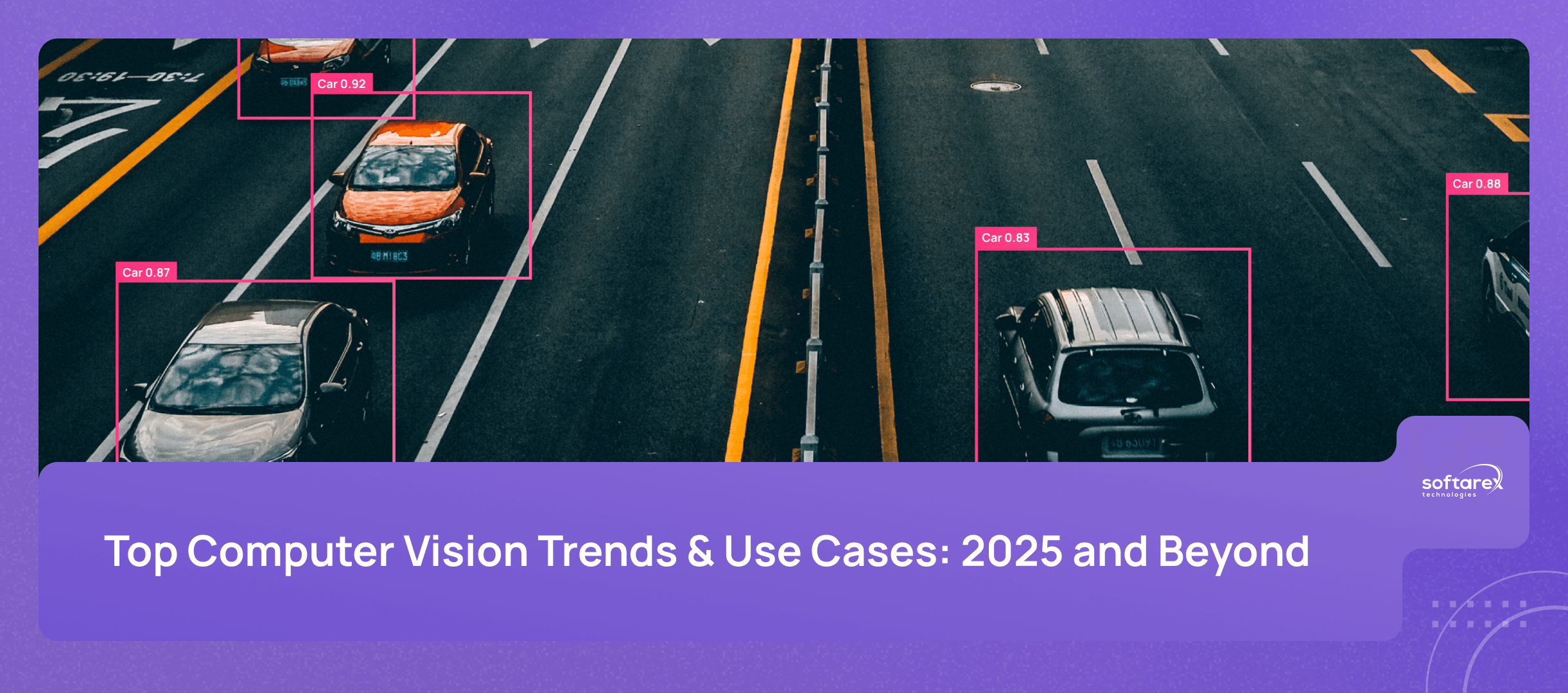The application of AI, Computer Vision, Machine Learning, and other technologies in the aviation industry is growing along with the demand for the next generation of airports. Aviation digitalization’s new approach includes creating personalized traveling experiences for customers. Airports, as well as aircraft of the future, should be large enough and smart enough to accommodate the needs of airline passengers tomorrow and beyond.
Today’s airports use technology that analyzes vast amounts of data to produce data models that recognize patterns, predict outcomes, or generate recommended actions. For example, thanks to the use of Computer Vision in airport security it’s possible to run computed tomography to improve threat detection, biometrics to decrease processing time for matching modalities like faces or fingerprints, trace your digital footprints or phone calls to banned countries, build 3D images of passengers and identify any items on a person’s body to find metallic and non-metallic weapons or smart X-ray baggage scanning to automatically identify explosives.
This technology’s potential is only just the beginning of aviation digitalization capabilities.
Aviation digitalization and customer experience

Airports can provide travelers with real-time AI-based wait time estimates at checkpoints. This gives passengers an idea of how much time they will probably spend in the security queue. Passengers can access this data on airport websites before leaving home which eliminates worry about missed flights and more.
Before or during online check-in, airlines can offer passengers the option to scan their own passports rather than manually inputting data. It is smoother, faster, and, also, can warn a passenger about a passport expiration date. In combination, airports can share information about flights with passengers more easily. Instead of looking for a departure screen, passengers can simply scan their boarding passes and receive updates about gate assignment, boarding timing, and any other relevant details.
AI-based systems can manage the whole door-to-door experience for passengers. For example, upon flight arrival, they would disembark from the aircraft and navigate through the terminal to the curb just as an autonomous vehicle, with their pre-loaded luggage, arrives to transfer them to their destination. Passengers no longer have to waste time in time-consuming lines and check-ins as they’ll get fully managed aircraft-vehicle-airport and return journeys.
Analyzing passenger traffic and its behavior via Computer vision systems could help to create far better infrastructure and ecosystems and a much more pleasant passenger experience. Wider passageways, precise locations for resting, restrooms, restaurants, shopping, and more — all this data could be used in many diverse ways.
As air travel becomes more digital, it’s important to make sure that ground operations are running smoothly, just as it’s important to make the experience for passengers better. Our Apron Management System makes it easier to get planes ready for the next flight, makes sure schedules are right, and helps everyone to work together better. This makes airports as efficient as possible.
Additive manufacturing and generative design
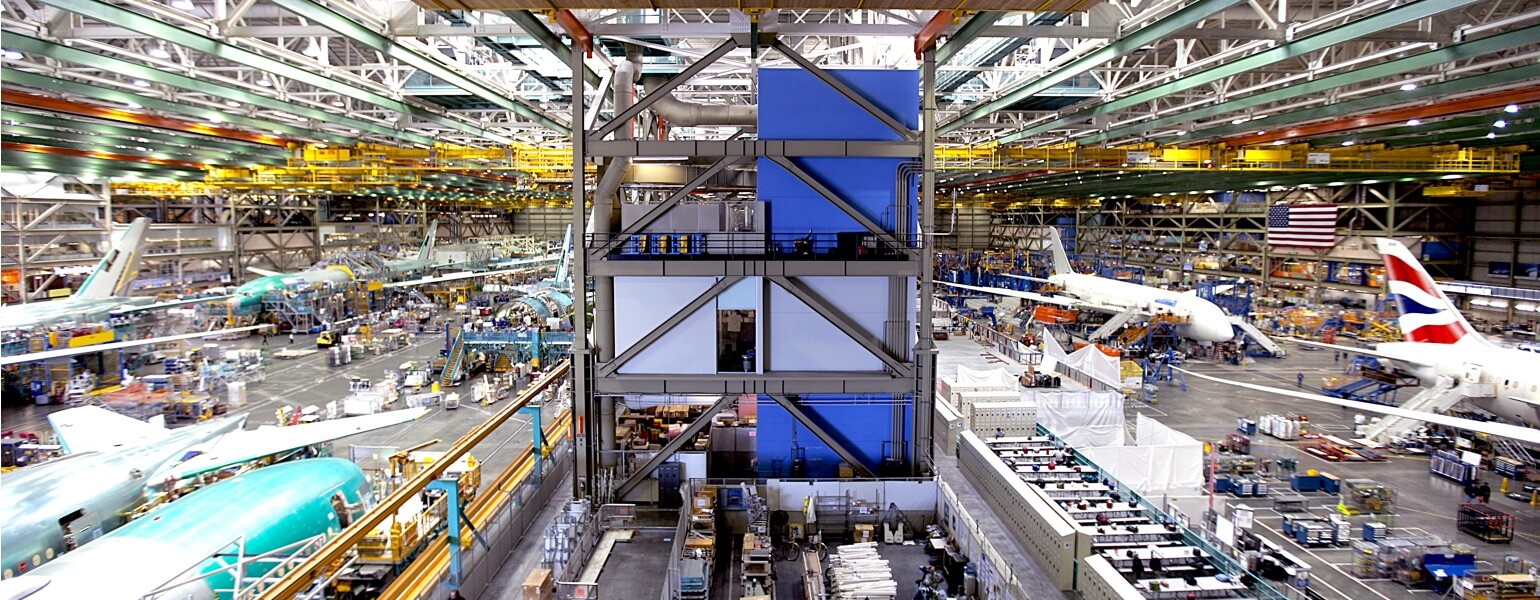
Additive manufacturing, or 3D printing, is going to affect many industries in the near future, and the aviation industry is no exception. Instead of carving or shaping a product from a larger block of material, additive manufacturing “grows” products by printing one thin layer at a time. This technology is going to dramatically change how aircraft and airport facility components are built.
With the use of additive manufacturing, it will become possible to create robust and lightweight aircraft. Reducing a plane’s weight will lower fuel costs and extend service life, which is quite crucial nowadays. The technology will also help engineers to test performance before production due to faster prototyping, less waste production, and sustainability.
The same goes for Generative design — it begins with collecting data about design goals, criteria, and parameters on everything from materials and manufacturing methods to cost constraints. That data is then fed into AI software, which produces dozens, or even hundreds, of possible design solutions.
Today, to create a couple of conceptual designs, the designer has to evaluate the project’s requirements, perform site surveys, collect existing conditions drawings, hold design meetings and develop design criteria — this is very time-consuming.
With generative design, design teams may discover designs they never thought possible because of cognitive biases or blind spots.
Aircraft landing automatization
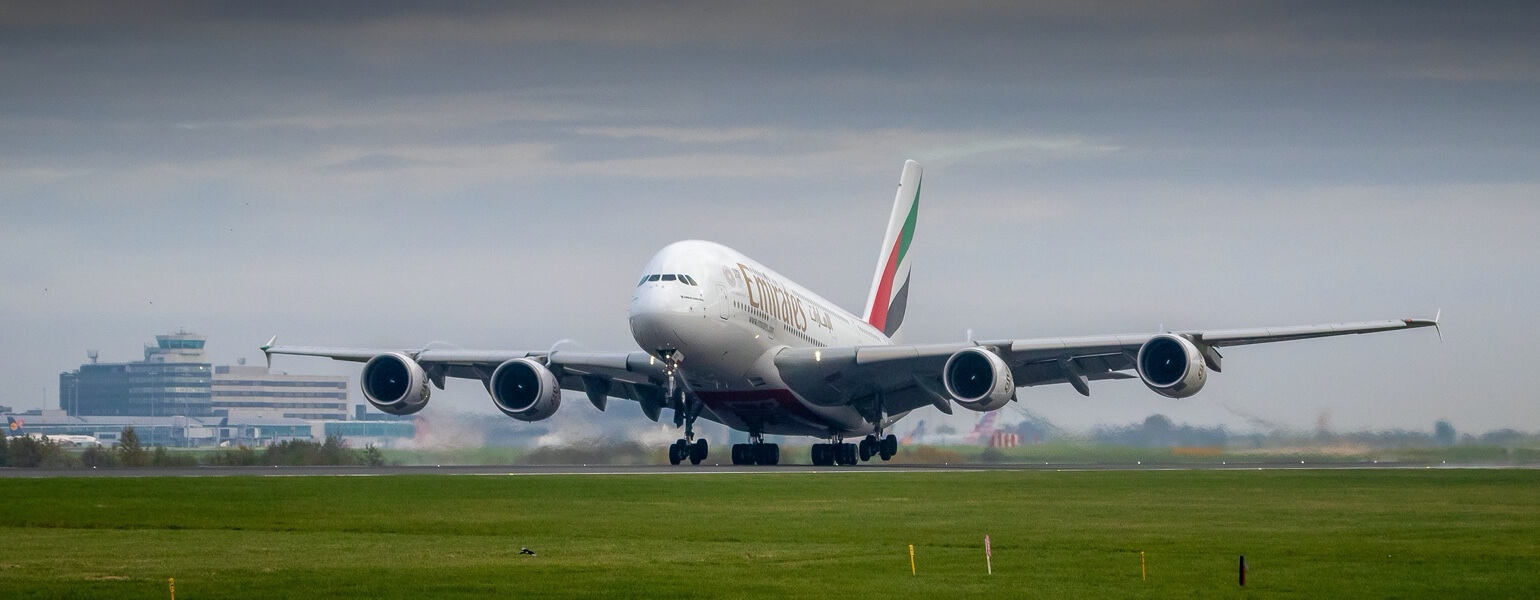
Landing a modern plane is quite a complicated and demanding process, which requires a special approach and the special attention of both the crew and ground services. To simplify and improve this process plane automatic landing technology powered by Computer Vision can be used.
All the aircraft move along a rigid or flexible trajectory that has 2 set approaches. In the first case, the glide path is set by ground devices based on radio equipment, and in the second — the plane’s position information comparatively to the landing point comes from Computer Vision-based cameras.
The first one has significant disadvantages, especially radio equipment complexity. Also, they do not perform well with narrow radio signals reflected from the ground when a plane is descending from low altitudes.
The second one is more reliable — aircraft tracking automatically controls a plane during landing by video frames in real-time after it passes the far marker — 7200 m from the landing zone. The landing is controlled instead by the mathematical model of a plane’s movement. And Computer Vision monitors a plane until it successfully passes the near marker, automatically eliminating all the existing course deviations. Recently, Airbus has successfully performed such a computer vision-based system, but with take-offs. This automatic take-off was enabled by image recognition technology installed directly in the aircraft. It is the first of its kind. Today, aircraft rely on ground equipment technology, Instrument Landing System (ILS), which exists in airports around the world.
Predictive aircraft maintenance
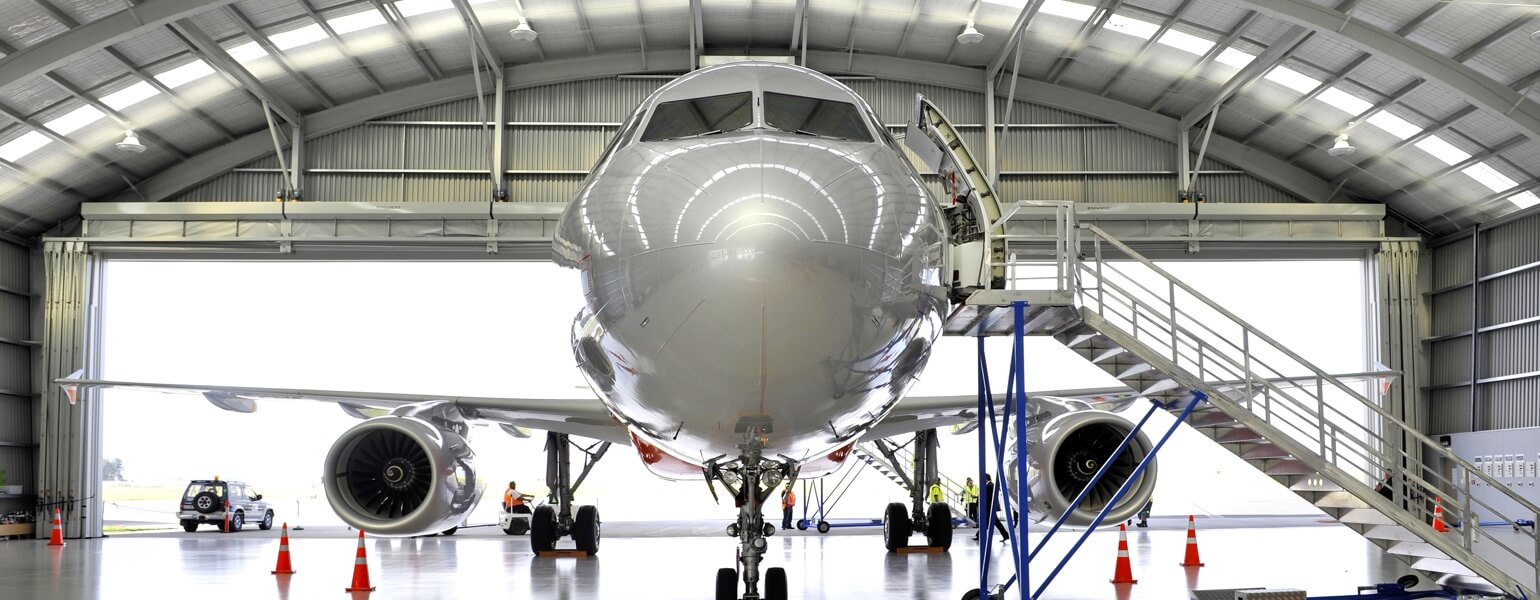
Today, some aircraft have a preventive maintenance system that is able to generate a list of “pending items to fix” to prevent the next failures causing master minimum equipment list, or MMEL, issues affecting aircraft dispatch.
Unfortunately, these systems are not able to provide data in real-time. That is why ground maintenance teams don’t know about remaining tolerance margins before the occurrence of the next impacting MMEL item, in terms of additional remaining failures of line replaceable units, failure combination, and quantified risk.
Fortunately, new technology is going to address this challenge. A modern aircraft is able to record from 200.000 to 400.000 in-flight parameters, which combined with big data analytics, grants the potential to understand the aircraft deeply enough and conduct the maintenance necessary before failures occur. This is what going to become a new word for predictive aircraft maintenance.
Real-time analysis of an aircraft system’s sensors can detect and correct the operating inefficiencies, extend the aircraft’s lifetime, avoid accidents and problems before they worsen and spread, and even schedule replacements just before the failures or problems occur.
The potential of such technology combined with synchronized logistics will have the potential to dramatically improve turnaround times, diminish maintenance interventions, and the number of inactive aircraft in hangers. Real-time onboard data will allow ground maintenance teams to have parts and technicians to be ready before the plane lands, so any repairs may be done expeditiously, reducing impacts to flight schedules.
Today, the data for troubleshooting the problem is not centralized and is not accessible for the technicians. But, for example, such technologies like Google Glasses have the potential to recreate complex diagrams and technical information in a 3D-augmented reality environment. This might boost the problem understanding for the technicians and possible solutions for it.
A brand-new troubleshooting environment with an integrated view of all necessary information about the problem might become a future of remote assistance and guidance.
Also, to speed up the on-ground aircraft maintenance and minimize the possibility of mistakes, Computer Vision technology with its enormous tracking and monitoring potential could help. Such a system can track everything from missing parts, details, unfinished or miss-finished work to technicians’ body movements, their safety and more. Add smart event notifications and we have the autonomous danger-prevention system, that is more precise and biased-free compared to human eyes.
Where are we heading
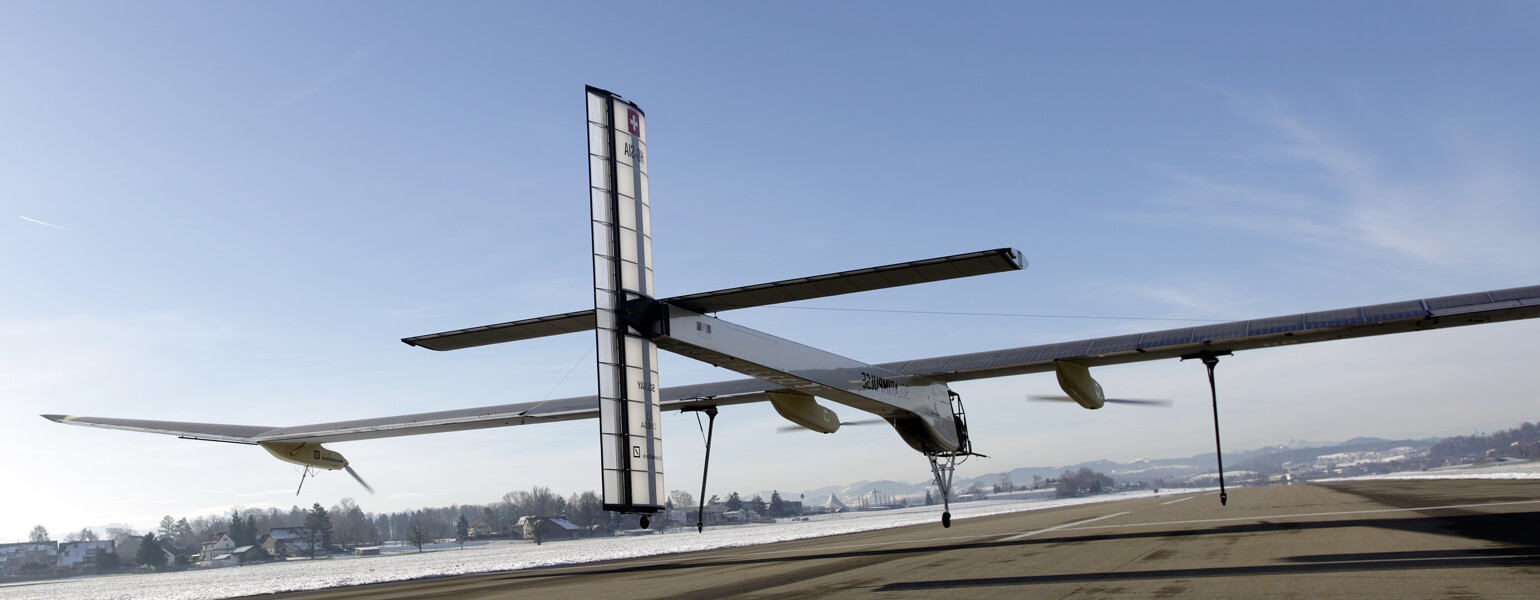
Technology and innovation are being adopted very quickly, replacing the old ways and we graciously welcome them. Why not? They definitely are going to reshape the aviation industry digitalization for the better which is good for every passenger, whether they are frequent travelers or not. This is a very adventurous territory. The concept of AI and Computer Vision-powered airports might seem like dystopian science fiction, but, actually, it is a new reality. So, what the future will be exactly — we can only guess.
If you want to delve into AI and Computer Vision, you can check out our in-depth article that explains how neural network works. We are always eager to share our best practices and wide open to learn something new, so if you have any questions or ideas — feel free to write to us. Let’s develop the world together!







